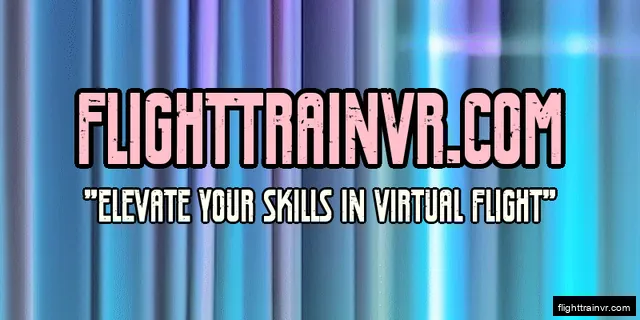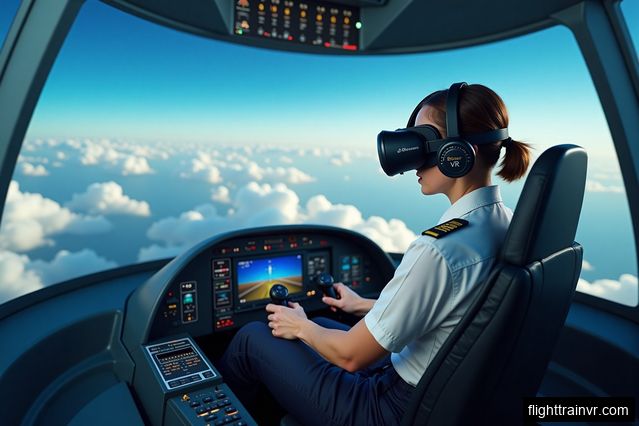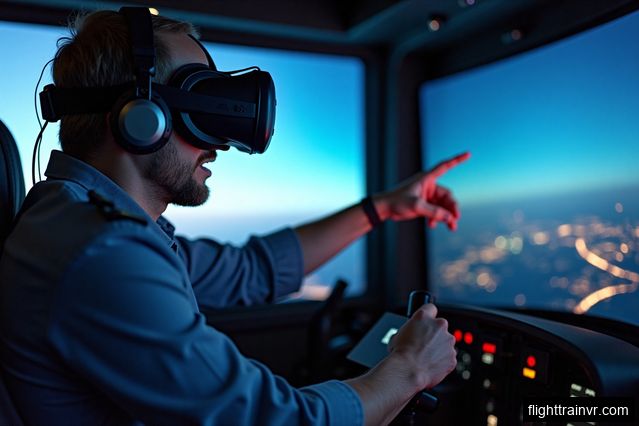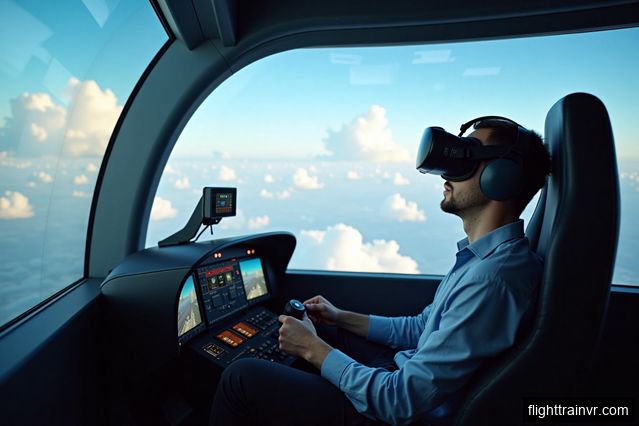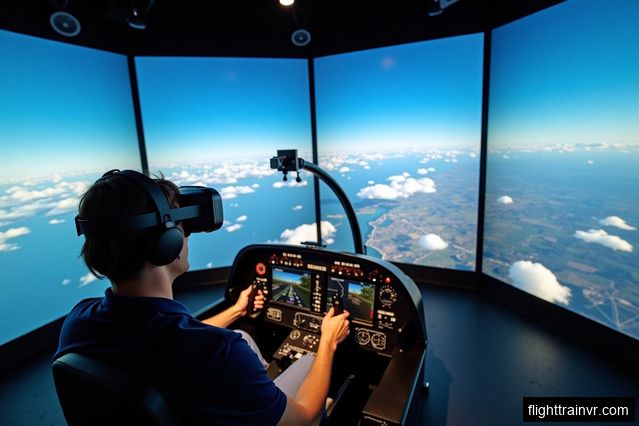Enhancing Realistic Training Environments
Flight training has traditionally relied on physical simulators to recreate real-life scenarios, but these setups are often expensive and limited in their ability to replicate all aspects of flight. Virtual reality offers a solution by providing a highly realistic and immersive training environment. With VR headsets and motion controllers, aspiring pilots can experience the sensation of flying without leaving the ground. The detailed graphics, accurate physics, and interactive controls of VR simulations allow trainees to practice maneuvers, navigate through different weather conditions, and handle emergency situations, all in a safe and controlled environment.
Improving Safety and Risk Management
Safety is of utmost importance in aviation, and VR plays a crucial role in enhancing safety measures during flight training. By using VR, trainees can repeatedly practice emergency procedures and critical decision-making without the risks associated with real flights. They can learn how to respond to engine failures, manage system malfunctions, and handle unexpected situations, all while being guided by experienced instructors. VR also allows for the simulation of extreme weather conditions, allowing trainees to develop the skills needed to navigate challenging environments. By experiencing these scenarios in a virtual setting, pilots are better prepared to handle similar situations in real life, reducing the potential for accidents and improving overall safety in the aviation industry.
Cost-Effective Training Solutions
Traditional flight training can be prohibitively expensive, with the cost of aircraft rental, fuel, and instructor fees adding up quickly. VR offers a cost-effective alternative by significantly reducing the need for physical resources. With VR, trainees can practice flying in various aircraft models without the need for actual planes. This eliminates the expenses associated with fuel, maintenance, and rental fees, making flight training more accessible to a wider range of aspiring pilots. Furthermore, VR simulations can be easily updated and customized, allowing instructors to create specific training scenarios and adapt the training program to individual needs.
Enhancing Pilot Performance and Skill Development
Virtual reality has the potential to significantly enhance pilot performance and skill development. By providing realistic and immersive experiences, trainees can improve their situational awareness, decision-making abilities, and hand-eye coordination. VR simulations can present pilots with challenging scenarios, such as severe weather conditions or complex air traffic situations, allowing them to practice critical thinking and problem-solving skills. Additionally, VR can be used to simulate specific aircraft models, allowing trainees to become familiar with cockpit layouts, instrument panels, and operating procedures before stepping into a real aircraft. By practicing in a virtual environment, pilots can build confidence and competence, ultimately leading to safer and more proficient aviators.
Expanding Access to Training Opportunities
Flight training is not always easily accessible to everyone. Geographic limitations, financial constraints, and scheduling conflicts can pose barriers to aspiring pilots. However, VR technology is breaking down these barriers by providing flexible and remote learning options. With VR headsets and online platforms, trainees can access flight training programs from anywhere in the world. Virtual reality enables individuals to learn at their own pace and fit training sessions into their busy schedules. This expanded access to flight training opportunities opens doors for a more diverse and inclusive aviation industry.
Future Possibilities and Advancements
As VR technology continues to evolve, the possibilities for flight training are endless. Advancements in hardware and software will further improve the realism and accuracy of simulations, providing even more immersive experiences for trainees. Additionally, the integration of artificial intelligence and machine learning algorithms can enhance the adaptability and responsiveness of virtual flight instructors, offering personalized feedback and guidance to aspiring pilots. Furthermore, VR can be combined with other emerging technologies, such as augmented reality and haptic feedback systems, to create even more realistic and interactive training environments. With these advancements on the horizon, the future of flight training looks promising, driven by the transformative power of virtual reality.
